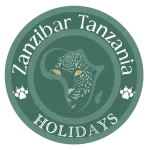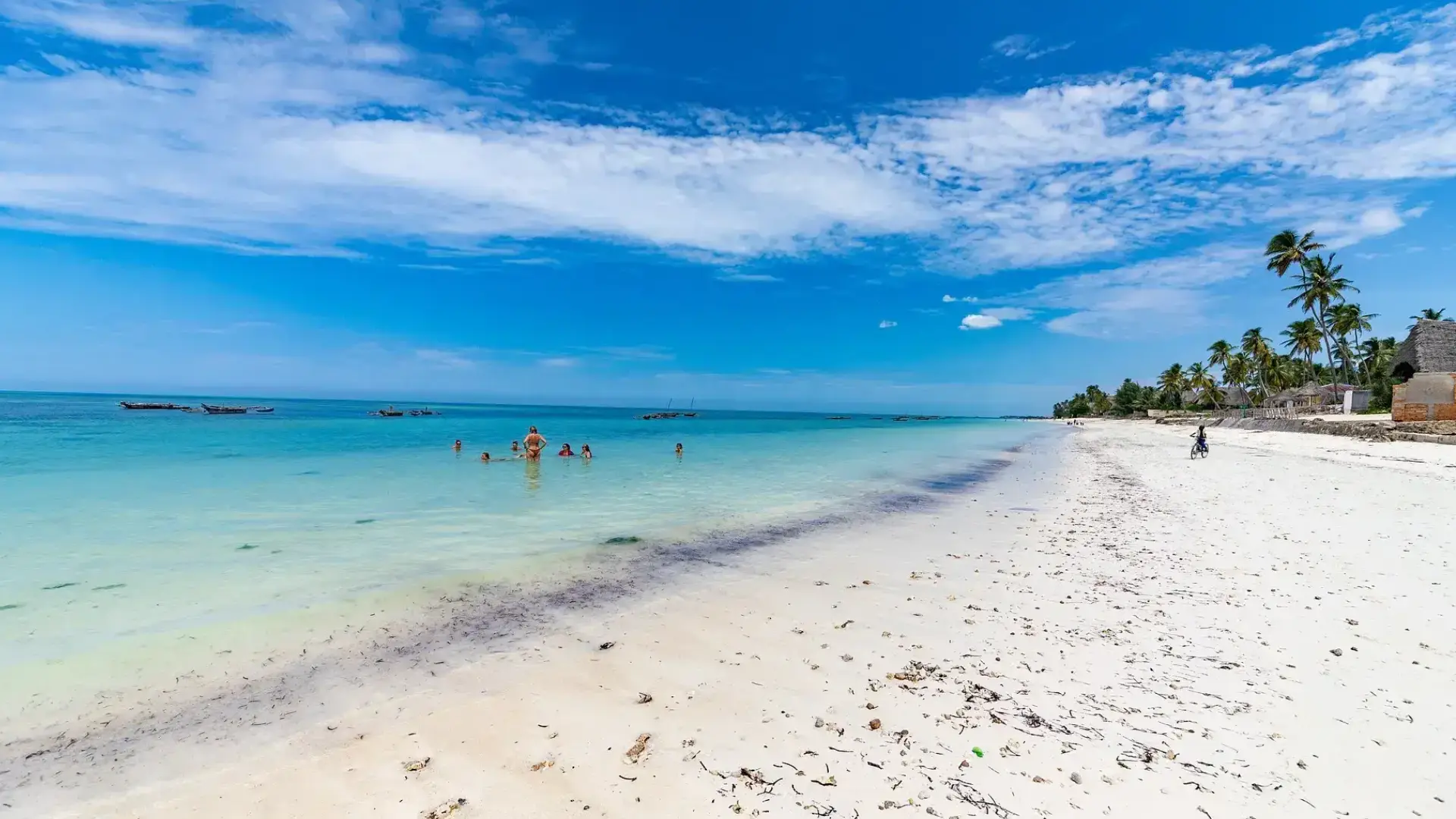Uganda Safari Faqs
A safari in Uganda presents phenomenal experiences, including the exploration of breathtaking savannahs and the opportunity to trek with gorillas. Our FAQs on Uganda Safaris offer all the necessary information, such as visa requirements, accommodations, and travel advice. By following this guide, you will be prepared for a lifetime experience through the centre of Africa.
Uganda Safari Faqs
When is the best time to visit Uganda?
Uganda enjoys pleasant weather year-round. The dry seasons from December to January and June to September are the most popular for tourists due to the ideal conditions for safaris and trekking. The rainy seasons (October–November and April–May) are less crowded, and the rain is often manageable, making travel possible even during these months.
How do I pay for my Uganda safari?
How much should I tip in Uganda?
Tipping is appreciated as a gesture of gratitude. Recommended tips include $15–$25 per day for safari guides and $5–$10 for lodge or hotel staff. Tips can be adjusted based on the quality of service provided.
How do I obtain a gorilla trekking permit?
Gorilla permits are limited and should be booked in advance. A permit costs $800 in Uganda and $1,500 in Rwanda. Early reservations ensure availability, as permits are highly sought after due to the limited number of daily treks.
What is the minimum age for gorilla trekking?
The minimum age for gorilla trekking in Uganda is 15 years. Participants should be physically fit, as the trek can be demanding. Those who are unwell may not be allowed to participate to protect the gorillas from potential illness.
What are the rules for gorilla trekking?
- Only 8 visitors are allowed per gorilla family per day.
- Maximum time with gorillas is one hour to reduce disturbance.
- Maintain a 7-meter distance from the gorillas.
- Keep voices low and avoid sudden movements.
- Do not eat, drink, or smoke near the gorillas.
- Flash photography is prohibited.
- Follow your guide’s instructions at all times.
What should I pack for gorilla trekking?
Essentials include sturdy trekking boots, long-sleeved shirts, thick pants, a raincoat, gloves, sunscreen, insect repellent, and a waterproof bag for your camera. Pack light but include all necessary items to ensure a comfortable trek.
What other activities can I do in Uganda?
Beyond gorilla trekking, Uganda offers chimpanzee trekking in Kibale Forest, game drives in Queen Elizabeth National Park, boat cruises on the Nile, hiking in the Rwenzori Mountains, and birdwatching. Cultural tours and visits to local communities are also popular.
What accommodations are available in Uganda?
Accommodation options range from budget lodges and campsites to mid-range and luxury safari lodges. Budget options offer basic amenities, while luxury lodges provide modern facilities, private bathrooms, and sometimes swimming pools for added comfort.
What type of vehicles are used on safari?
Safaris typically use 4×4 vehicles with pop-up roofs for optimal game viewing. Options range from standard safari jeeps seating up to 5 people to extended vehicles accommodating larger groups. These vehicles are well-maintained for reliability on rugged terrain.
uganda
Suggested Packages
Embark on an unforgettable journey with our handpicked Uganda safari packages, designed to bring your African adventure to life. Whether you’re trekking to see the majestic mountain gorillas, cruising along the Nile in Murchison Falls, or exploring the rich culture and diverse wildlife of Queen Elizabeth National Park, we’ll create the perfect safari experience just for you.
Reviews
From lion chases to lazy sunsets, our travelers spill stories that prove East Africa is wilder and warmer than imagined.
4.8
Based on 10+ reviews
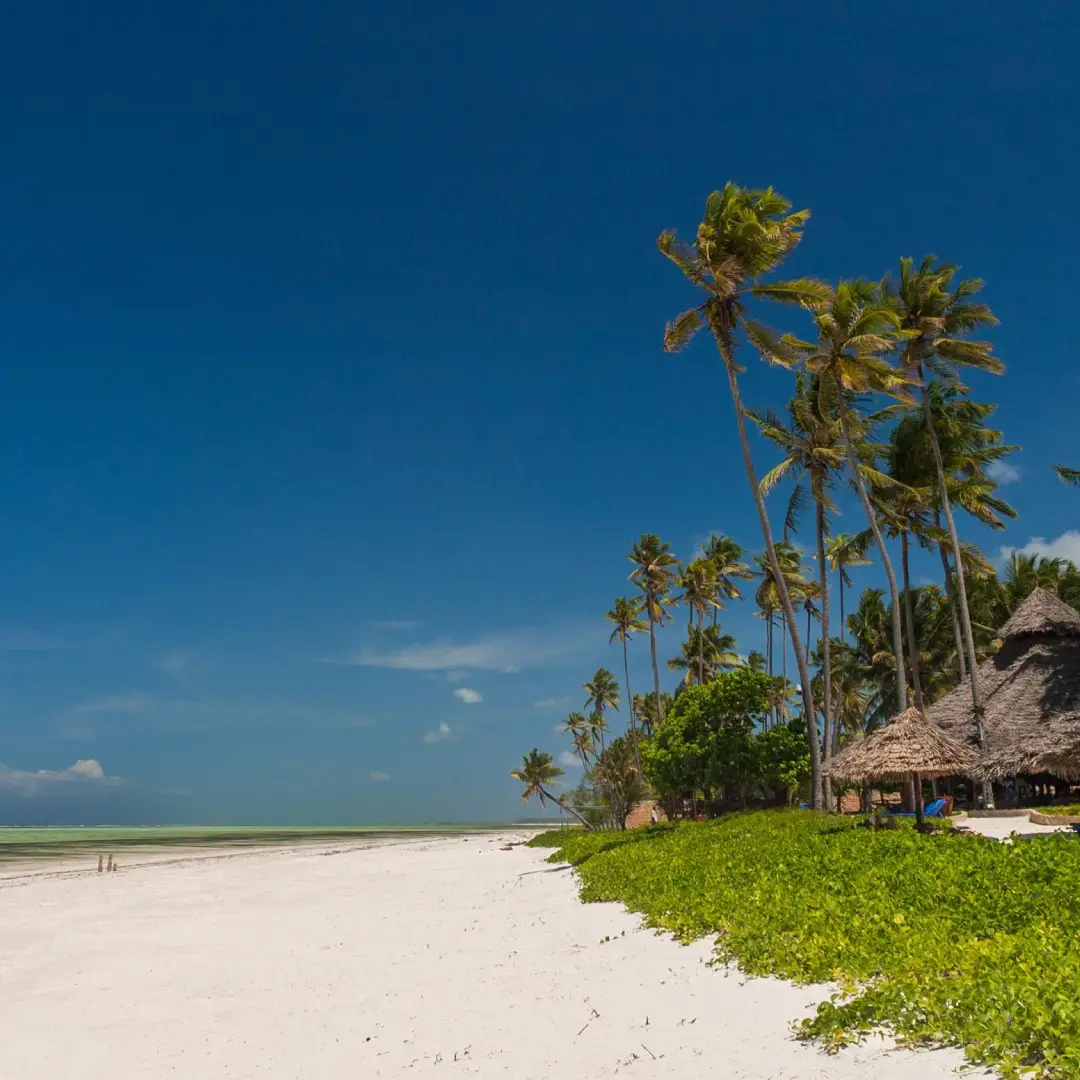
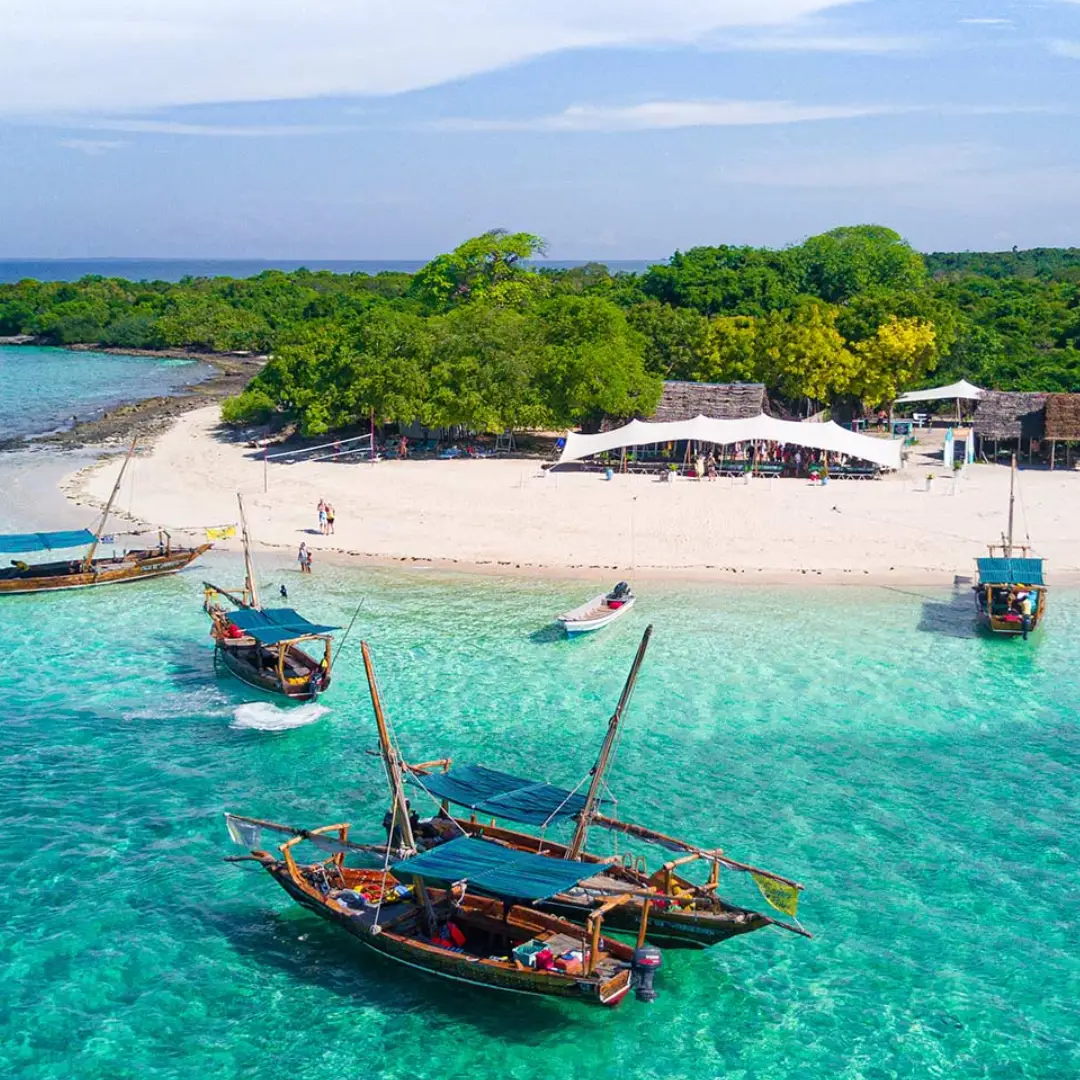
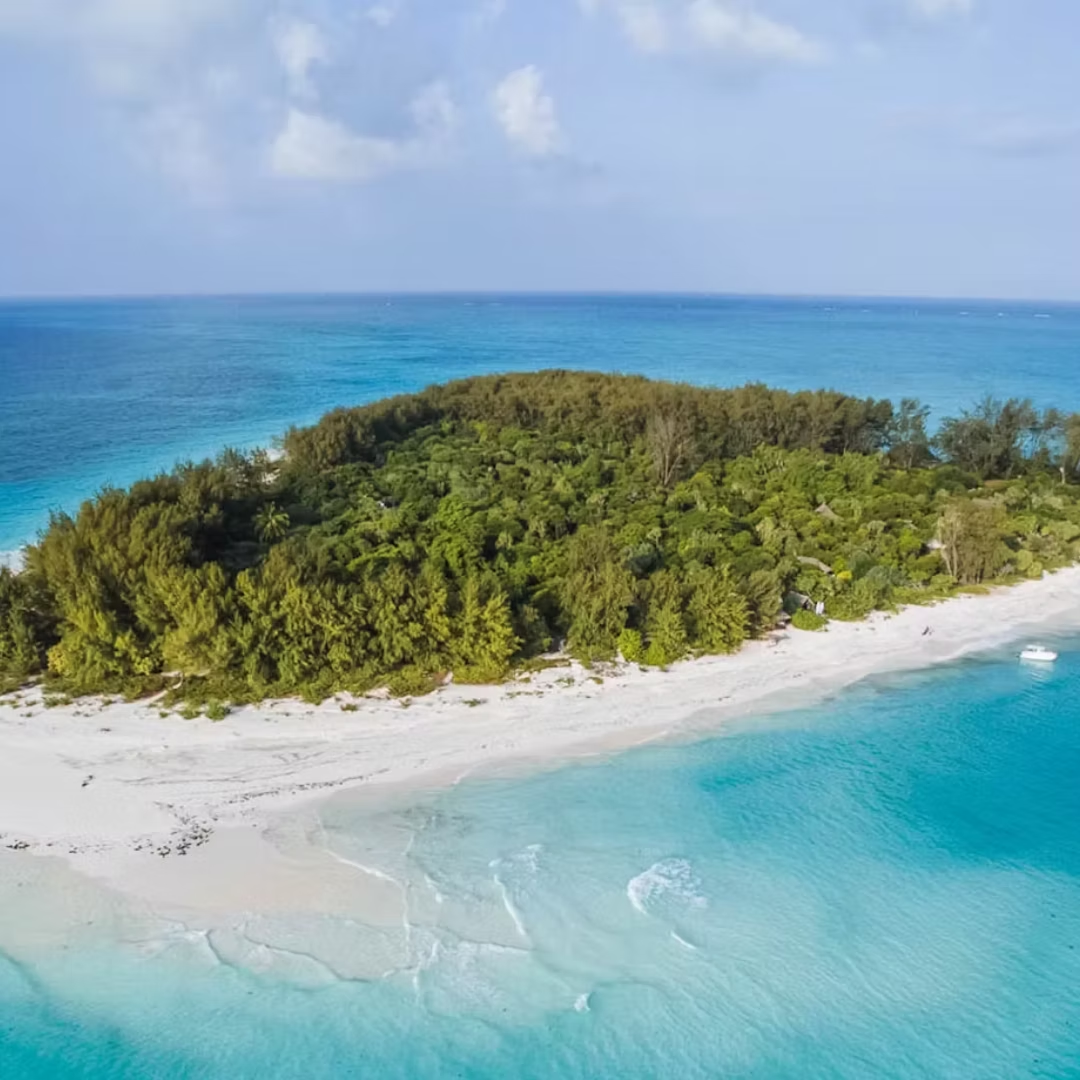
Tailor Your East African Travel Experience
Design a journey that fits your travel style—from safari thrills to beachside peace, cultural moments to gorilla treks. We shape each itinerary around what matters to you.
20
OVER 20 ACTIVITIES FOR ALL
about

